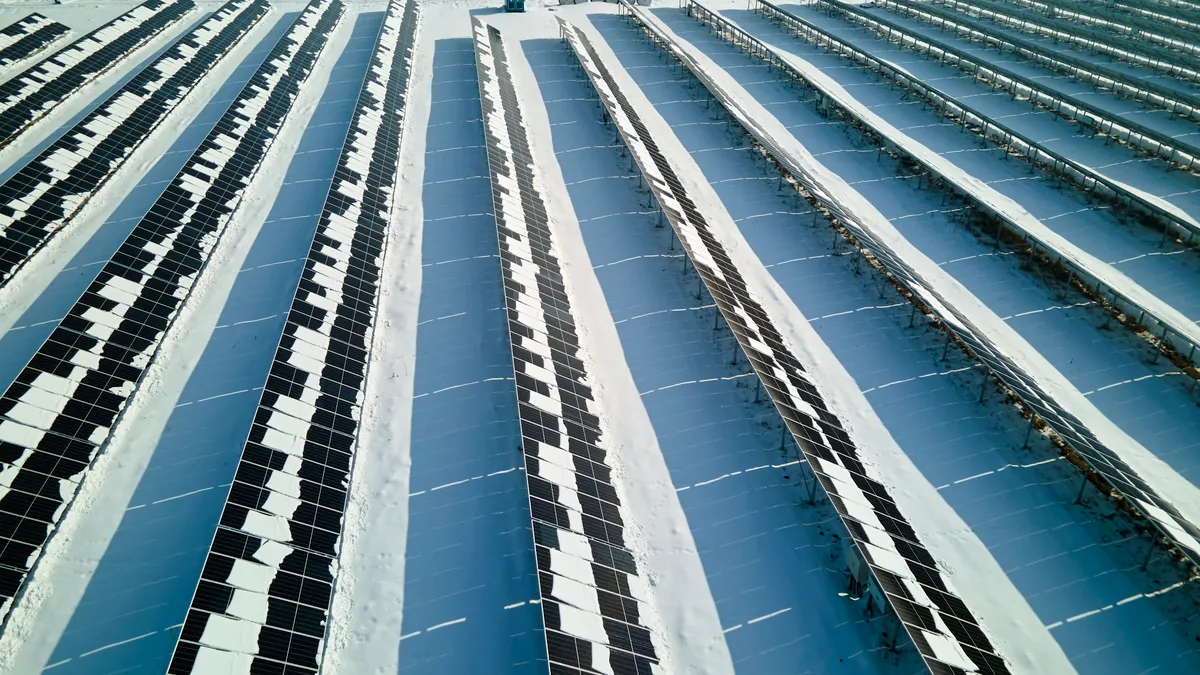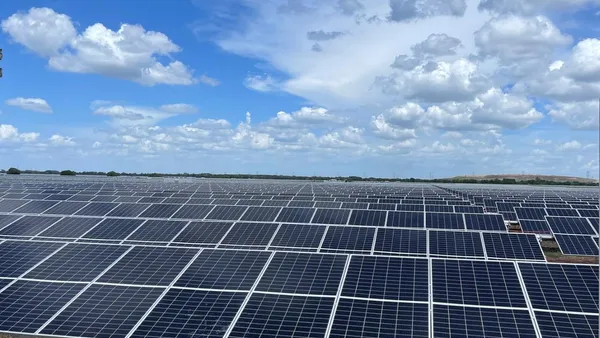Dive Brief:
- A wide coalition of utilities, solar installers, consumer advocates, and environmentalists in Maine have introduced a bill in the state legislature to advance solar growth in the state and replace the net metering policy with a market-based “pay for production” program.
- Under the new bill, Central Maine Power (CMP) and Emera, Maine’s regulated utilities, would purchase and aggregate solar generation from private solar owners and utility-scale developers under long term contracts. They would then bid the generation into New England electricity markets in one of the first such fleet aggregations of smaller scale solar.
- A number of solar installers and renewable energy advocates have indicated support for the plan, but The Alliance for Solar Choice (TASC) told Utility Dive it would like to see net metering kept in place until the untested policy proves viable to support solar growth.
Dive Insight:
Maine's solar sector might be small, but the new bill introduced by Assistant Majority Leader Sara Gideon, (D-Freeport) seeks to increase it by more than ten times and replace the existing net metering policy with a market-based program.
The bill appears to keep with a trend of states looking to roll back or replace their retail rate net metering programs. For Maine, these changes grew out of two pressing issues in the state: How to continue after CMP, the dominant utility in the state, hits the looming 1% of peak load net metering cap, and how to properly value solar.
According to a summary of the bill, existing net metering customers could retain their arrangement for up to 12 years or opt into the new program for a longer term. Aggregators would pay a competitively-set, regulated price through 20-year contracts aimed at covering owner costs. Returns on sales would compensate the utility-aggregators.
Profits from sales by the utility aggregators, termed “Standard Buyers” in the plan, would be distributed evenly among ratepayers. The plan is expected to drive solar in Maine from its present 20 MW to 248 MW by 2022. The bill requires the standard buyers to contract for 15 MW of utility-scale solar annually in projects of up to 5 MW.
Contracts for the output of commercial & industrial-scale solar projects would be bid for in a reverse auction and the solar's customer-owners would get bill credits for the arrays’ earningse, according to the bill summary. A reverse auction mechanism invites developers of commercial-industrial and utility scale projects to compete against each other to provide renewables capacity. The buyer, in this case the Standard Buyer, would pick the offers that come in at the lowest prices.
The bill would also require the purchase of 45 MW of community solar projects, each of which can be up to 3 MW in size. Subscriptions of less than 25 kW must be at least 50% of each project’s subscriptions. Subscribers would get a bill credit at the price determined by a reverse auction.
The bill requires 118 MW of solar be procured from residential and small business customers. That is the amount the National Renewable Energy Laboratory estimates would be built in Maine through 2022 with NEM. Customers could self-consume and/or export excess power to the grid, according to the bill summary.
If the bill becomes law, The Maine Public Utilities Commission will review the program after 18 months or the procurement of 21 MW, whichever comes sooner.
















